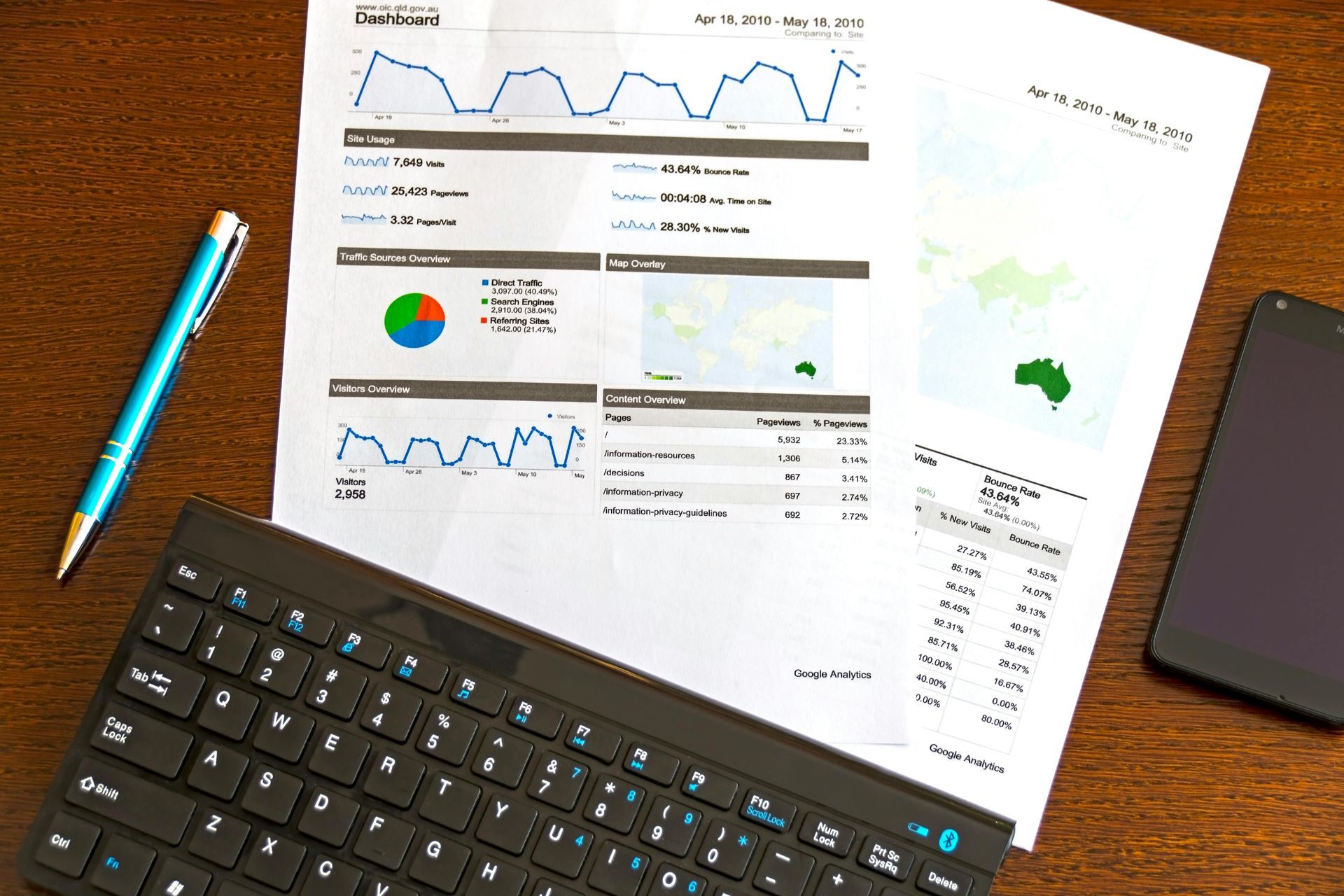A Smooth Transition: Migrating from Google's Universal Analytics to Google Analytics 4
Google Analytics has long been the go-to tool for web analytics, providing valuable insights into user behavior and website performance. With the introduction of Google Analytics 4 (GA4), Google has taken a significant step forward in the analytics arena. This blog post aims to guide you through a seamless migration from Google's Universal Analytics to GA4, ensuring a smooth transition and unlocking the full potential of this powerful tool.
Understanding the Key Differences:
Before diving into the migration process, it's important to familiarize yourself with the key differences between Universal Analytics (UA) and GA4. GA4 is built on an event-driven model, allowing for more flexible tracking and capturing of user interactions. It introduces a simplified data model, emphasizing events and user properties over traditional sessions and page-views. GA4 also places greater emphasis on cross-platform tracking, enabling a comprehensive view of user engagement across devices and platforms.
Setting Up a New GA4 Property:
To begin the migration process, create a new GA4 property within your existing Google Analytics account. This will allow you to run both Universal Analytics and GA4 concurrently, ensuring uninterrupted data collection during the transition period. Follow the setup instructions provided by Google to generate a GA4 Measurement ID (also known as a G-Tag).
Implementing GA4 Code:
To collect data in GA4, you'll need to install the GA4 tracking code (gtag.js) on your website. This code snippet should be added to all pages where you want to track user interactions. Remember to keep your existing Universal Analytics code intact during this process, as both codes can coexist and function independently.
Tracking Events and Parameters:
GA4's event-driven model enables more granular tracking of user interactions. Identify the events you want to track on your website and define appropriate event names and parameters. Events can be categorized into standard or custom events, depending on their relevance to your business goals. By setting up specific events and parameters, you can gain insights into user actions, conversions, and engagement.
Configuring Custom Dimensions and Metrics:
GA4 introduces a new data model that focuses on user properties. Custom dimensions and metrics allow you to track additional information about your users, such as demographics, interests, or customer IDs. Analyze your existing Universal Analytics data and identify the dimensions and metrics you wish to migrate to GA4. Ensure proper mapping and configuration to maintain continuity in data analysis.
Data Import and Historical Reporting:
When migrating from Universal Analytics to GA4, it's crucial to retain your historical data for reference and comparison. Google provides data import options, allowing you to bring in historical data from Universal Analytics. This ensures you have a complete picture of your website's performance and user behavior, enabling you to analyze trends and make informed decisions based on historical data.
Testing and Validation:
Once the GA4 implementation is complete, thorough testing is essential to ensure accurate data collection. Use Google's debugging tools, such as the Google Analytics Debugger Chrome extension, to verify that events and parameters are being tracked correctly. Perform test transactions, engagements, and other user actions to confirm that data is flowing into GA4 as expected.
Learning and Exploring GA4's Capabilities:
With the migration complete, it's time to explore the advanced features and capabilities of GA4. Familiarize yourself with the new GA4 interface, dashboards, and reporting options. Utilize the power of AI-driven insights, machine learning algorithms, and predictive metrics offered by GA4 to gain a deeper understanding of user behavior, identify trends, and make data-driven decisions that drive business growth.
Conclusion:
Migrating from Google's Universal Analytics to GA4 is a significant step towards harnessing the full potential of advanced web analytics. By understanding the key differences, setting up a new GA4 property, implementing the tracking code, configuring events, and mapping dimensions, you can seamlessly transition to GA4. Retaining and importing historical data, testing the implementation, and exploring GA4's features will ensure you unlock the true power of this cutting-edge analytics platform. Embrace the future of data-driven insights and take your website's performance to new heights with Google Analytics 4.











